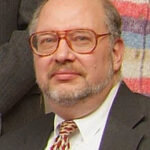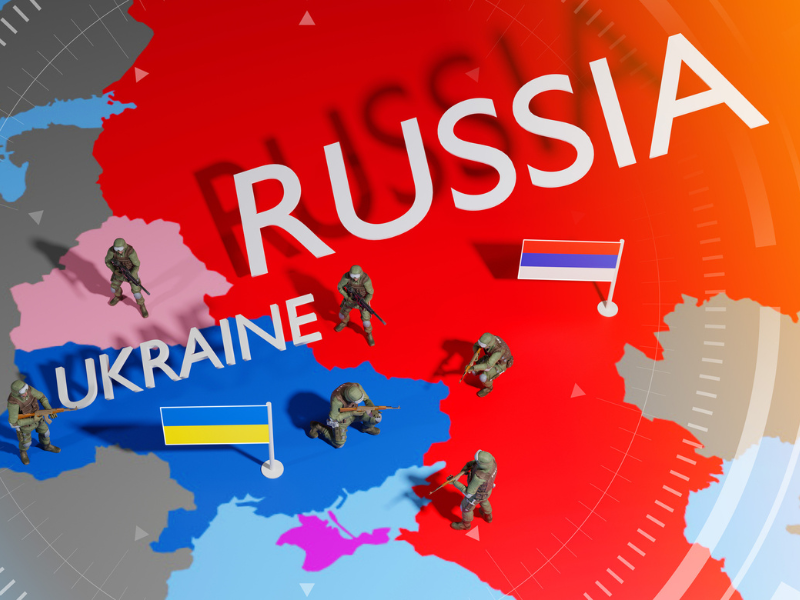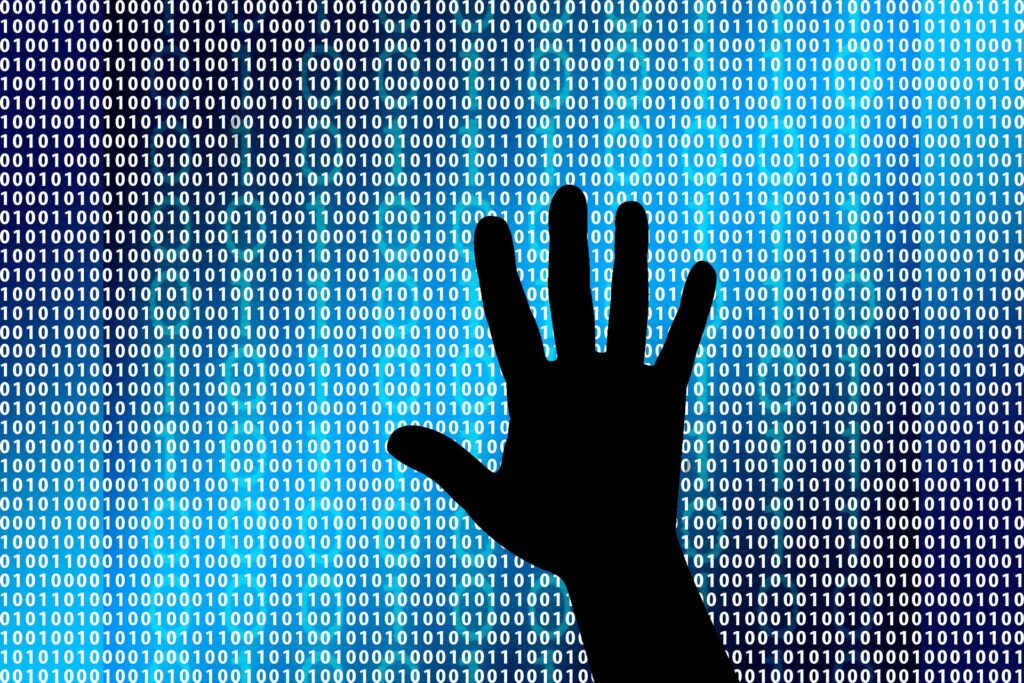In an address to the nation during the recent failed coup attempt, Vladimir Putin referred to a 1,000-year history of Russia, and to a stabbed-in-the-back theory of WWI. This man believes in this cartoonish mythology and has nuclear weapons.
A short history of Russia.
In the Russia view, the 1,000 years of Russia began in 862, upon the arrival of a not particularly noteworthy chieftain in a not particularly noteworthy place. This event was followed by a series of historical accidents and “inevitably” resulted in the emergence of a great and powerful state, namely, the Russian Empire. The statue below was erected in 1862 to mark the 1,000 years of Russia.

Ancient Rus
The land that is today Russia of course existed long before the arrival of humans. Until about 800 years ago, these lands were so many territories with local rulers, or with no ruler at all.
Medieval Rus
Upon the arrival of the Golden Horde (Mongol conquerors), some definition was brought to the vast region stretching from Hungary and Poland in the west to the Ural Mountains in the east. The southern tier – Kievan Rus – was controlled directly by the Golden Horde, and the northern tier – including Moscovy – consisted of so many vassal states of the Golden Horde.
During this period, the Metropolitan (leader of the Orthodox Church of the region) relocated from Kiev to Moscow; and, toward the end of the period, the Golden Horde withdrew and Moscovy gained its independence. Ivan the Great (1440-1505) conquered much of the vast region, renamed the place as Russia, and styled himself “Tsar” (a Russian form of Caesar).
The Russian Empire
By Russian thinking, the center of civilization shifted, first, from Rome to Constantinople (Eastern Rome or Byzantium); then, to Kiev; and, finally, to Moscow. But, while this civilization claims a lineage to Rome, it was influenced by the Mongols. It featured an absolute and autocratic government; and, constantly attacked in all directions until it met enemies that could stand up to it. From the fundamental law of the Russian Empire.
“The Emperor of All Russia is an autocratic and unrestricted monarch. To obey his supreme authority, not only out of fear but out of conscience as well, God himself commands.”
During the reigns of Peter the Great (1672-1725) and Catherine the Great (1729-1796), the Russian Empire reached its greatest extent, stretching across the vast Eurasian landmass, from central Europe to Alaska. Mostly, territories were added by conquest. Serfdom continued long past the freeing of serfs in western Europe, supplemented by convict labor (convict labor camps continued into the Soviet period). The Orthodox Church was reduced to a department of the government.
World War I and beyond
Upon the outbreak of World War I, Russia invaded Germany and Austro-Hungary. Russian forces greatly outnumbered those of Germany and Austro-Hungary (which countries were engaged on two fronts). But, while the Russian forces had some successes, they ultimately collapsed and Russia was utterly defeated. The Russian “stabbed in the back” story is that their defeat was due to incompetent leadership and a lack of supplies.
Following WWI, Lenin and then Stalin began reconquering places that had gained their independence from Imperial Russia, until they were stopped by Poland in the war of 1918-1921.
In like manner, following the collapse of the Soviet Union, Putin is attempting to reconquer places that had gained their independence from the Soviet Union and that had shifted from the Warsaw Pact to NATO.
Russia’s current problems
Putin invokes the 1,000-year history of Russia to justify his attempts to restore the former borders of imperialist Russia and the Soviet Union. We Americans, in contrast, hold that the just powers of government derive from the consent of the governed. We look to the consent of the governed, not to history as interpreted by ruling elites..
While elections were held in the Russian Federation following the fall of the Soviet Union, the three major parties in the elections were strange: one was the old communist party, and another was an extreme nationalist party. Putin’s party, United Russia, appeared reasonable in comparison. Eventually, a decent democratic socialist party and a decent liberal-conservative capitalist party emerged, but these parties were and remain small.
Russian society nowadays is largely split into two factions: the corrupt elite in the government or in government-favored businesses (this kind of economy is called fascist) and the stupid and usually drunk masses. Many of the smartest, most talented and most entrepreneurial have escaped to the west. Russia has very significant demographic problems. Age-wise, they have few young adults. Ethnic-wise, they have a shrinking percentage of ethnic Russians. Russia’s largely dysfunctional economy was propped up by the sale of its vast energy reserves to the west.
Loss of markets
Today, with the sanctions that are in place, Europe receives more energy from North America than from Russia, and Ukraine – with its newly-discovered energy reserves – is a potential alternate source. And, it’s not just the Ukrainians who see the progress that Poland and Romania and other eastern European countries are making as part of the west.





